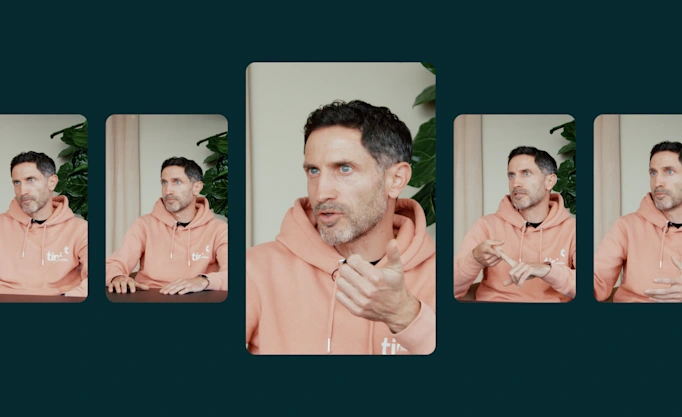The power of one: personalisation for the masses

After the race to PSD2 compliance is over: what comes next? Instead of focusing on the September deadline, the real test will be how you innovate to meet consumer demands in an era of increasingly personalised experiences. Our advice? Take a page from Spotify and Netflix, and start considering how you can tailor to smaller segments – segments of one.
Many institutions are pretty focused in 2019 on complying with PSD2. Comply, brush hands together, carry on as usual. It’s not surprising. For a time it looked like PSD2 was little more than a ‘race to the end’.
But what PSD2 really offers is the opportunity to start meeting customer expectations that have been supercharged by other digital services. By taking what you already know about your customers – and combining it with data from other relevant sources – you can see a richer picture of their lives. And it’s this that allows you to start understanding, start tailoring, and start delivering services to the masses that are as personal as they get.
Take a page from tech – and leverage your data
The ‘segment of one’ idea has been around for decades. In recent years, though, tech and media companies haven’t just picked up the old concept – they’ve owned it. Put simply: it’s small-scale personalisation for the mass market – and it’s working.
Netflix is using hyper-personalised recommendations to save more than $1 billion each year because fewer of us get bored and cancel our subscriptions. Spotify gained 20 million new listeners in 2017 and discovered that between 2014-17, people were spending 25% more time listening to music on their platform – because of their personalised playlists and discovery tools.
They’re wildly successful because they’ve figured out how to harness the power of the mountains of data they collect on users. They know exactly how their products perform, how users respond and – ultimately – what those users want from the service.
The result is an experience that’s specifically created for a ‘segment of one’. Not simply a broad segment of people who typically watch dramas starring Daniel Day Lewis or listen to Nina Simone. But you. And it has become the expected standard for digital services.

Making your services personal for the masses
These new digital habits lead to high expectations from consumers that the banks – even the big incumbents – offer the same kind of intuitive, seamless and highly customised experience. The traditional segmentation that the industry is used to – where customers are generically bucketed by demographics or product usage – simply won’t cut it anymore. In fact, it could even alienate them.
But the banks have a major advantage that the Netflixs and the Spotifys don’t: you can see a 360º view of your customers’ financial lives. Media or online shopping services can only use the data they collect. But financial data paints a fuller picture, allowing financial institutions to observe and predict life events – and tailor offerings that go beyond financial services.
So how do you access the data and use it to personalise your experiences on a mass scale? With each user’s permission, start aggregating their data from other financial institutions, combine it with yours to get a complete picture – and process it using machine learning to create personalised and actionable offers specific to each person.
What does that look like exactly? It could be using aggregation to collect data and machine learning to analyse transactions in real time, so you can offer winter sports insurance to a customer who just booked a ski trip. Or you can identify an untouched savings account, and suggest where a customer could move their money to get a better interest rate.
This deeper understanding means you can identify what customers need and want – allowing you to prioritise your organisation’s investments to improve the customer experience, redesign outdated processes and create intuitive digital experiences.
If there’s one take-away from all this, it’s this: don’t wait for the PSD2 deadline to consider how you’ll revolutionise your customer experiences. You will have to do it – and the sooner you do, the sooner you’ll be rewarded with the same revenue and loyalty boost currently reserved only for those who are committed to delivering services for that segment of one.
More in Open banking

2025-11-20
3 min read
Tink powers the UK’s first cVRP transaction with Visa A2A
In partnership with Visa, Kroo Bank, and Utilita, we’ve just helped demonstrate the UK’s first commercial variable recurring payment (cVRP) using the Visa A2A solution – and it’s a big step forward for how people make regular payments.
Read more

2025-06-09
11 min read
The case for “Pay by Bank” as a global term
Thomas Gmelch argues that "Pay by Bank" should be adopted as a standard term for open banking-powered account-to-account payments to reduce confusion, build trust, and boost adoption across the industry.
Read more

2025-06-02
3 min read
Tink joins Visa A2A – what it means for Pay by Bank and VRP
Visa A2A brings an enhanced framework to Pay by Bank and variable recurring payments (VRP) in the UK, and Tink is excited to be one of the first members of this new solution.
Read more
Get started with Tink
Contact our team to learn more about what we can help you build – or create an account to get started right away.
